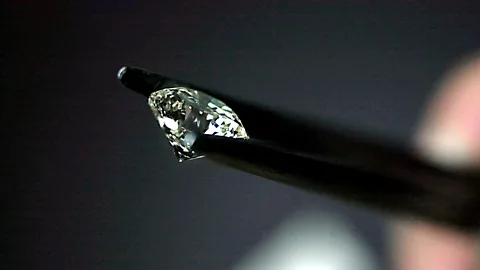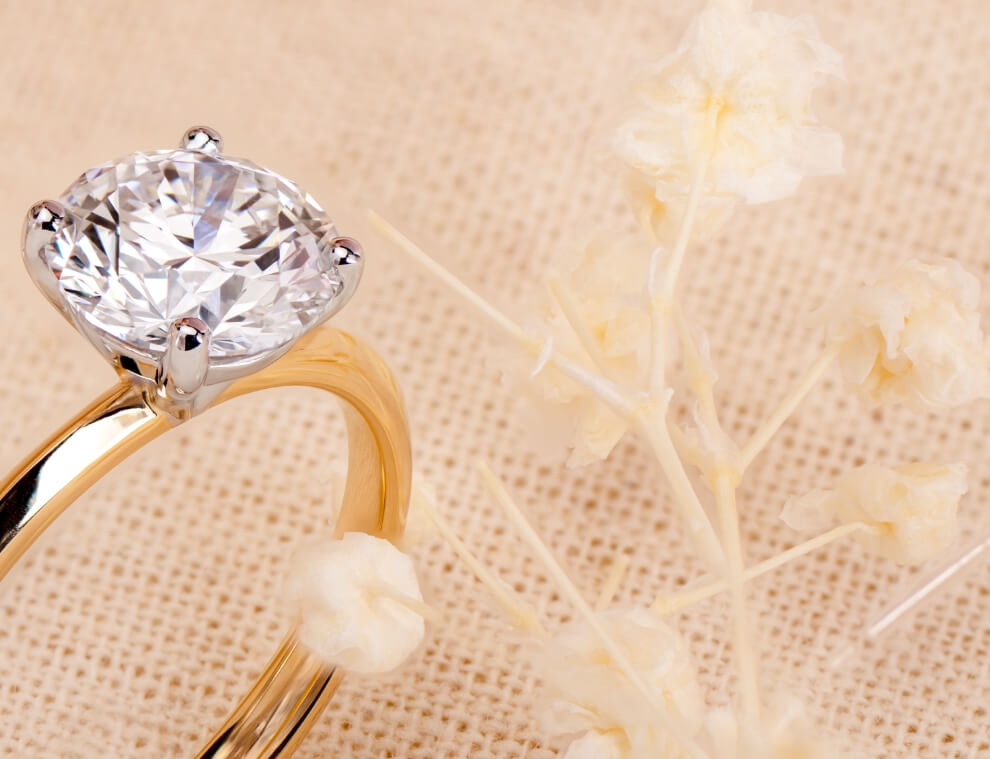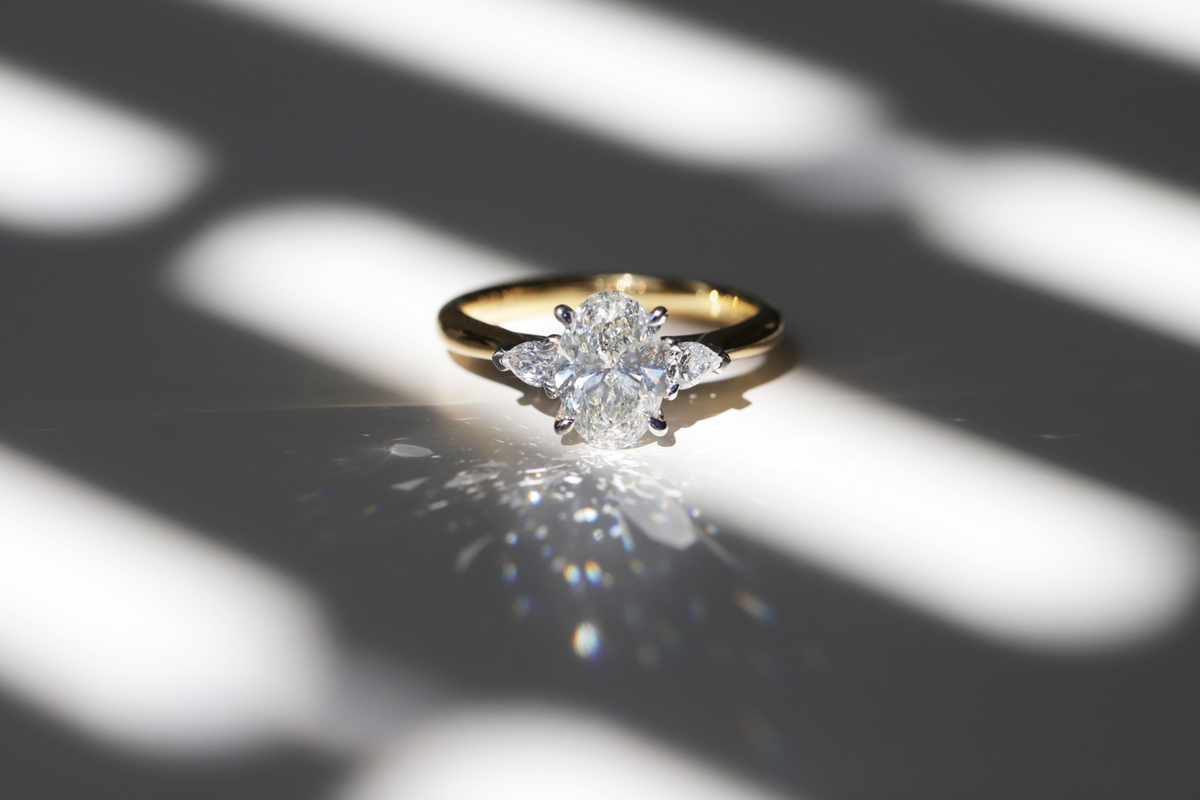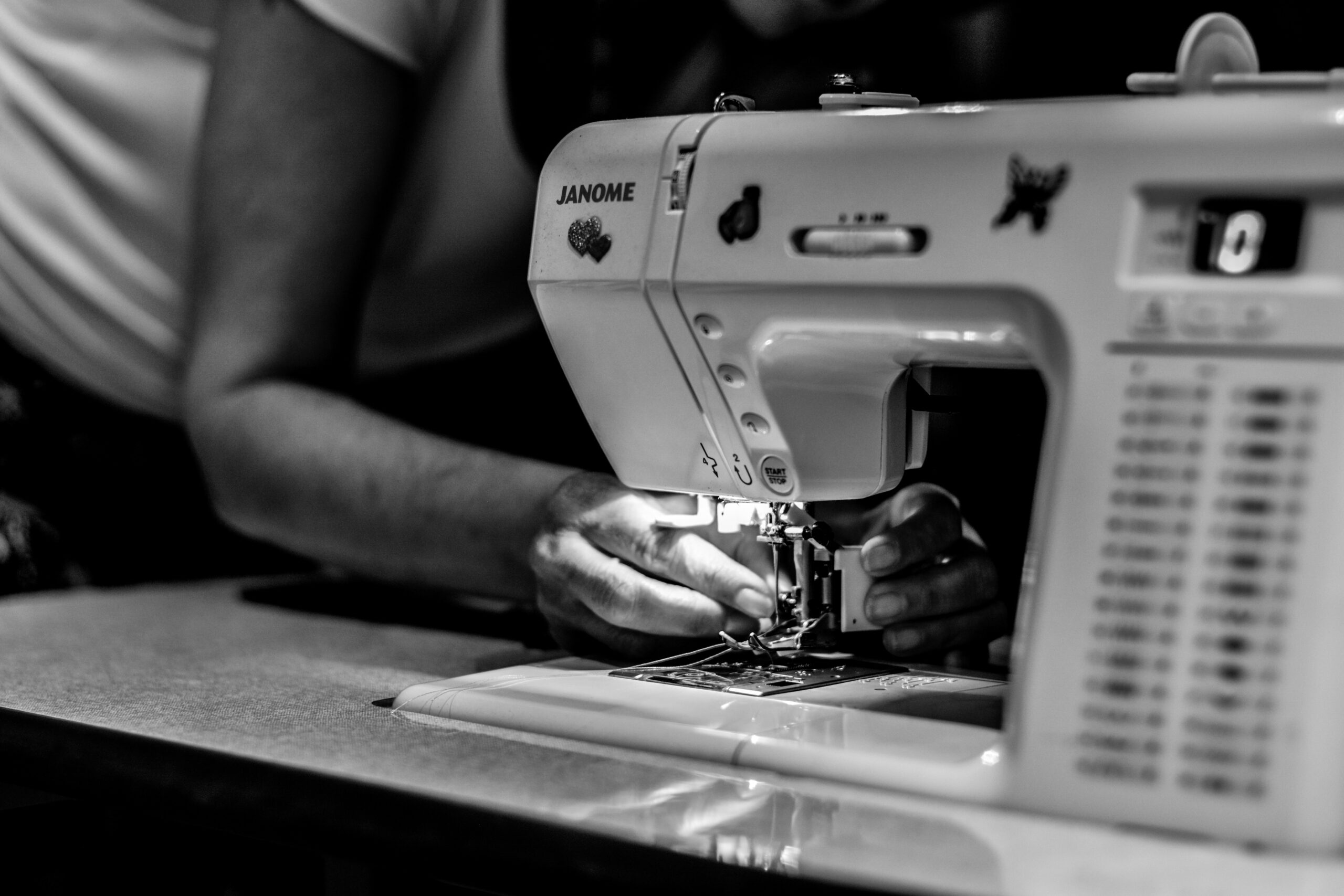We all want thicker, longer, luscious looking hair, but it is often difficult to determine what is a legitimate way to promote hair growth, and what is just another gimmick. Most of what encourages our hair to grow is common sense; a good diet, drinking enough water, and proper hair maintenance. However, other options are not always so obvious. Since hair only grows about a half an inch or less per month, growing your hair longer can be a long process. Let’s look into what promotes hair growth, and what causes it to break.
Table of Contents
Hair Growth Starts From Within
Your hair, just like your skin and nails, is particularly sensitive to changes in your diet. If you are having issues with hair growth, you may want to consider taking hair supplements, or increasing the nutrients that help your hair grow. Vitamins and minerals your hair needs include folic acid, biotin, and vitamins A, C, D, and E. Your hair is one of the last places nutrients end up; first your body will direct them to your vital organs and other parts of your body that are more essential. This is why sometimes, hair thinning, and hair loss can be a sign of a vitamin deficiency.
Proper Hair Maintenance
Your hair grows slowly, so proper hair maintenance is extremely important in being able to sustain any length or thickness. Harmful hair practices, like over bleaching, perms and chemical treatments, using heated styling tools or blow drying every day can all cause hair damage that doesn’t allow your hair to grow fast enough to sustain any length before it breaks. Even wearing your hair up in a ponytail every day or choosing styles that use damaging types of elastics can create breakage. Split ends are another issue that begins at the bottom of your hair but will quickly work its way up your hair shaft if left alone. Regular trims, avoiding styles that require heat or tight elastics, and choosing high quality shampoos and conditioners free from sulphates that may dry out your hair are all ways you can create healthy hair.
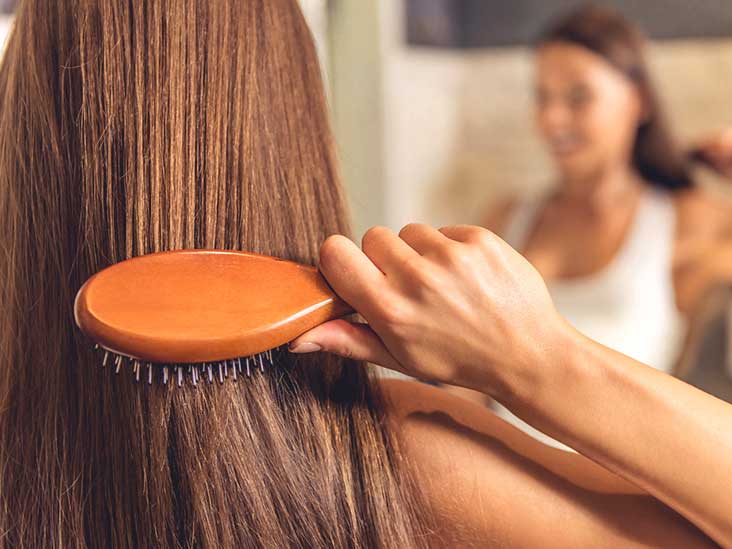
Scalp Care is Imperative
How you care for your scalp is one of the most important aspects of hair care, yet it’s also one of the most overlooked. From your hair products, to how often you shampoo and condition, the health of your scalp can be directly impacted. If your scalp is unhealthy, it can cause more issues than just dandruff; you may experience hair thinning or hair loss. You may notice that your scalp feels dry, itchy, or has breakouts. Some people may experience hair loss only in patches, which may be a sign of alopecia aloretta, and warrants a trip to the doctor. Alopecia aloretta is caused by your immune system attacking your hair follicles, and can be treated with light therapy, injections, and over the counter or prescription topical agents.
If you aren’t experiencing an unusual pattern of hair thinning or loss, the first thing to focus on to foster scalp health and hair growth is your diet. Just like with your hair follicles, your eating habits can help encourage healthy skin on your scalp. You can also give yourself regular scalp massages, which is thought to encourage blood flow, and hair growth. Another option is to use light therapy, which can be done in a doctor’s office or by using at home treatments like a low light therapy cap from a reputable company such as Kiierr.
Check What Fabrics Your Hair Comes in Contact With
Your hair may be getting damaged from the fabrics it encounters every day; namely, your pillowcases and towels. Towels that are looped cotton can pull at your hair and break it, or cause frizz and split ends. Invest in microfiber hair wraps or towels, which are extremely absorbent, and gentler on hair. Similarly, cotton pillowcases can often be the culprit behind hair breakage, particularly if you notice more damage concentrated around the part of your head you sleep on. Silk or sateen pillowcases, and even hair bonnets to wear at night, can make a big difference in reducing the amount of breakage you experience.
In conclusion, giving your scalp and hair the best treatment helps you attain thick, long, healthy lasting hair. Make sure to eat well, use quality products, and avoid heat and other damaging processes and products. Supplements, light therapy, and topical prescription treatments are more options that may help you in your quest for longer, thicker, healthier hair.

